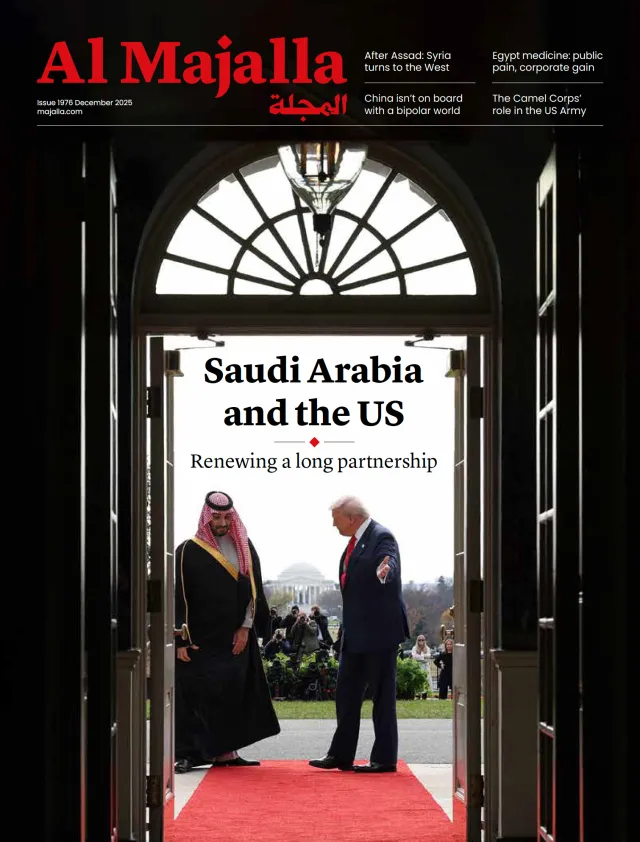The fact that indirect negotiations are taking place between Syria and Israel across several countries, aimed at discussing security arrangements, is no longer a secret. But the true mystery lies in just how far these negotiations will go—particularly following confirmation from the White House that President Donald Trump, who met President Ahmed al-Sharaa in Riyadh on 14 May, gauged his receptiveness to Syria joining the Abraham Accords.
Given the importance of such a prospect, we have dedicated our June cover story, titled "Syria and Israel: the price of peace," to exploring the history of Syria-Israel relations and the prospects for future peace.
We highlight the fact that contacts existed well before Syria's independence in 1946 and the creation of the Israeli state in 1948. And we also reveal details of secret negotiations and visits by Zionist leaders, such as Moshe Sharett and Chaim Weizmann, to Damascus, as well as encounters between Syrian independence figures, like Shukri al-Quwatli, and Zionist leaders, including Eliyahu Sasson, at the Grand Bloudan Hotel in 1936. These historical milestones culminate in negotiations between Israeli leaders and President Adib al-Shishakli in 1951.
Under Hafez al-Assad, a disengagement agreement between the two countries was reached in May 1974, following the October 1973 War. And following the collapse of the Soviet Union—an ally of Syria at the time—al-Assad entered into direct US-sponsored negotiations with Israel after the Madrid Conference in 1991.
In the mid-1990s, the US hosted meetings between Syrian Chief of Staff Hikmat al-Shihabi and his Israeli counterparts, Ehud Barak and Amnon Shahak, which established principles for security arrangements. A pivotal meeting in 2000 between Foreign Minister Farouk al-Sharaa and then-Prime Minister Barak aimed to clinch a peace agreement that included diplomatic relations and the return of the Golan Heights—which Israel occupied and annexed in 1967—back to Syria.




